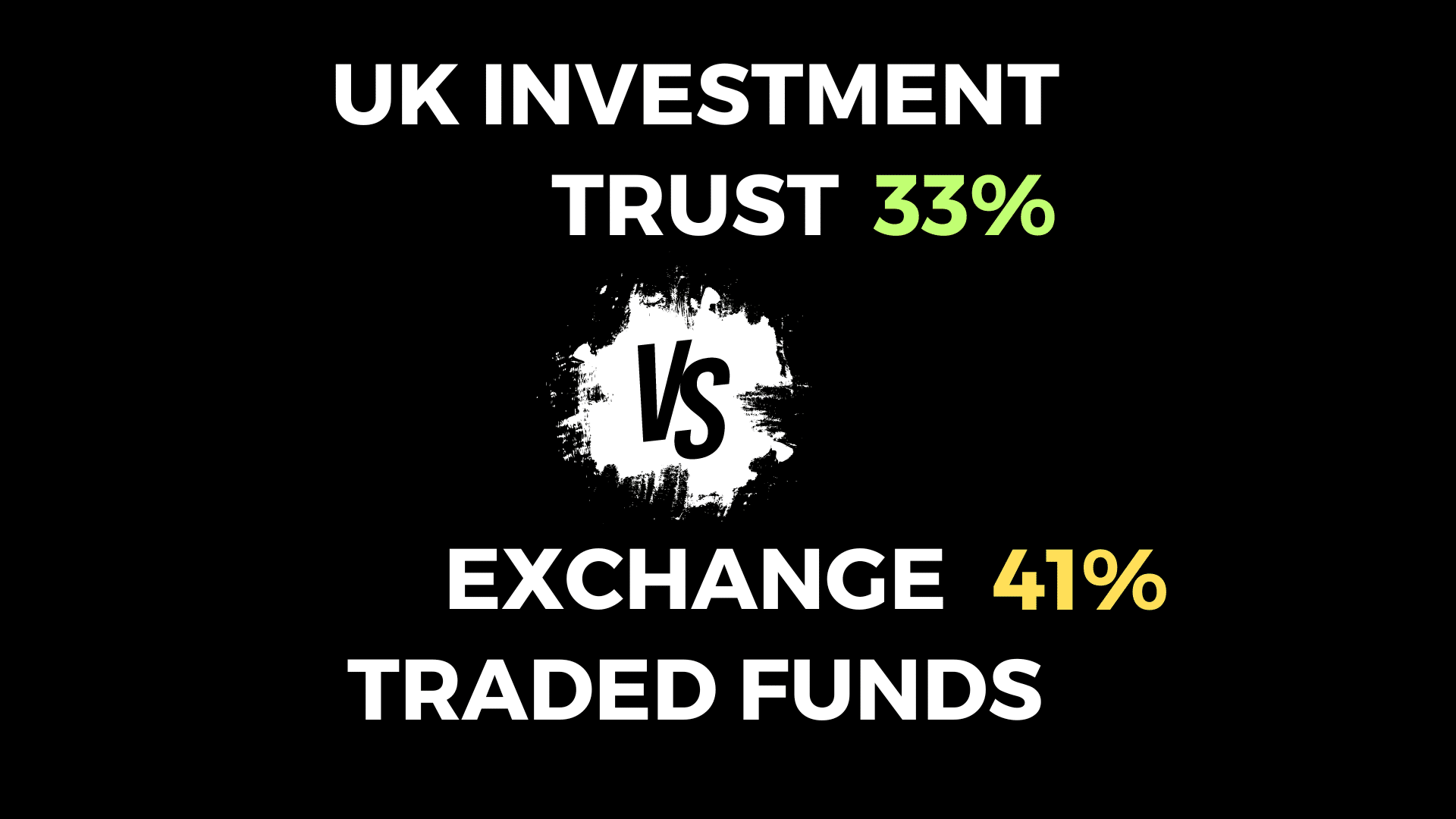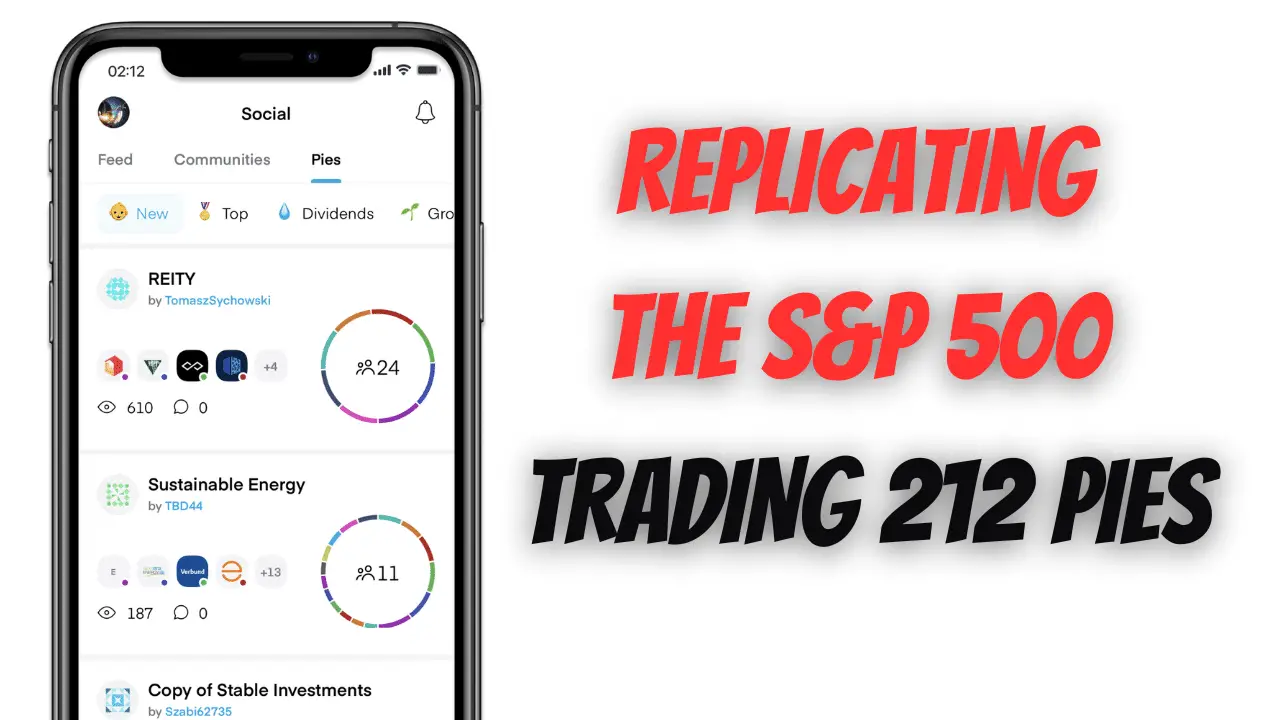Inverse Funds are financial products developed to aid retail and institutional investors to short popular indexes such as the S&P 500, FTSE, and Euro Stoxx 50.
meaning that the level of the index should rise when the Underlying index falls and fall when the Underlying index rises
But for those who are new to Inverse Funds, there are a couple of things you should know about before you use them as part of your investment strategy or you could end up with unexpected results.
Key Takeaways:
- Inverse funds are intended for investors who wish to take a very short term view on the Underlying Index and whose investments are not intended as buy and hold investments.
- If you hold inverse fund for longer than one day, results may not be proportional or symmetrical with the returns of the Underlying Index
- Keep an eye out for leverage. An inverse fund with a 2X will have twice the inverse daily performance of the Underlying Index
- Fees on inverse funds can be upwards of 0.70% compared to ETFs that track the Index which are close to 0.07%
Inverse Funds Available on Trading 212 and Degiro
| Degiro | Trading 212 |
|---|---|
| Lyxor CAC 40 Daily (-2x) Inverse UCITS ETF – Acc | Xtrackers S&P 500 Inverse Daily Swap UCITS ETF |
| Lyxor CAC 40 Daily (-1x) Inverse UCITS ETF – Acc | Xtrackers S&P 500 2X Inverse Daily Swap UCITS ETF |
| Lyxor S&P 500 Daily (-2X) Inverse UCITS ETF – Acc | Lyxor S&P 500 Daily (-2X) Inverse UCITS ETF – Acc |
| Lyxor FTSE MIB Dly (-2X) Inverse Xbear UCITS ETF – Acc | |
| Xtrackers S&P 500 Inverse Daily Swap UCITS ETF | |
| Xtrackers S&P 500 2X Inverse Daily Swap UCITS ETF | |
| Lyxor Euro Stoxx 50 Daily (-2X) Inverse UCITS ETF – Acc |
Degiro gives you a few more options when it comes to choosing Inverse Funds as they also list products that track the CAC 40, Euro Stoxx 50, and FTSE MIB.
Holding an Inverse Fund for more than one day
What many investors expect: Many retail investors expect that if they buy some units in an Inverse Fund that tracks the S&P 500, then if the S&P 500 falls by 5% over the next 3 months that the Inverse Fund will go up by 5%. This is a general idea but is not true over the long term.
The index is designed to do this on a daily basis only which should not be equated with seeking a short position for periods longer than a day.
Quote directly from an Xtrackers Key Investor Informational Document
Reality: Inverse Funds are intended to be used by investors to take a very short-term position of shorting the Underlying Index (S&P 500, CAC 40, etc).
To achieve the daily objective of achieving an inverse relationship to the performance of the underlying index, the fund managers have to reset positions which is why the performance will not remain consistently inverse over the long term.
To fully understand any financial product you are investing in I highly recommend reading the KIID (Key Investor Information Document) which will give you a breakdown of all the important information such as the risks, issuer, fees, etc. Here is an example of a KIID for the Xtrackers S&P 500 2X Inverse Daily Swap UCITS ETF.
Leverage / Multiplier
Many Inverse funds allow you to trade with leverage of up to a 2X multiplier. Meaning you can achieve double the returns an equivalent investment in the 1X version of the financial product.
For example, if you invested €1,000 in the Lyxor CAC 40 Daily (-2x) Inverse UCITS ETF – Acc and the daily performance of the Underlying Index, CAC 40 in this case, was -2%, then you would expect the Inverse Fund to have a daily performance of approximately 4%.
Fees
Even though Inverse Funds often try to track the performance of an Index Fund, that does not mean they are passive. There is quite a lot of work required by the fund managers to achieve the inverse relationship with the Underlying Index and for that reason, they would be classed as actively managed funds.
Actively managed funds have much higher fees which are built into the overall performance of the fund. You can expect to pay fees of 0.70% or higher compared to approximately 0.07% which you may be used to paying on passive funds.
Disclaimer: This blog post is for informational an educational purposes only and should not be construed as financial advice.






